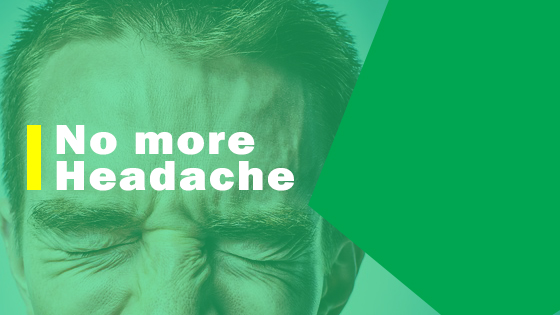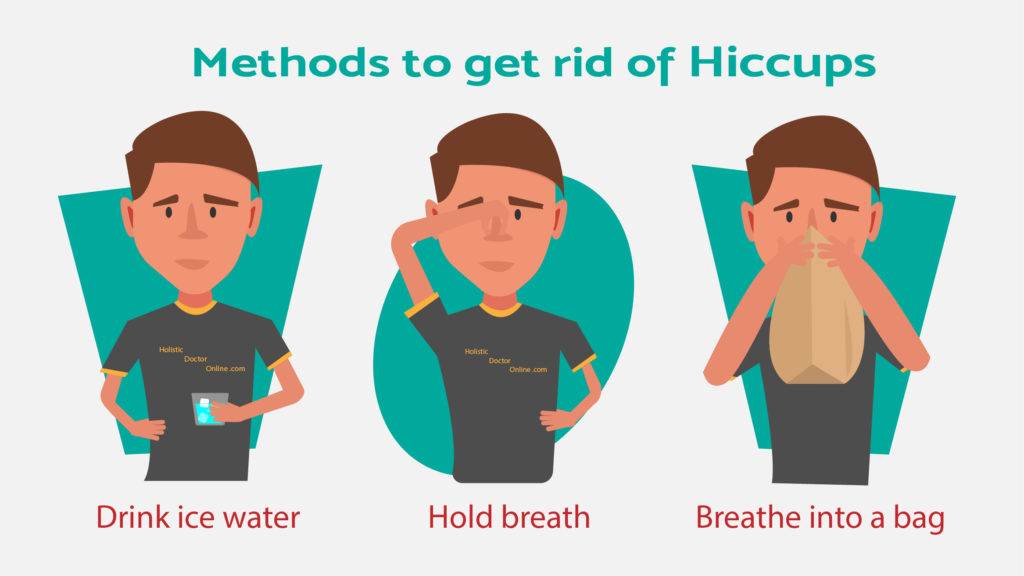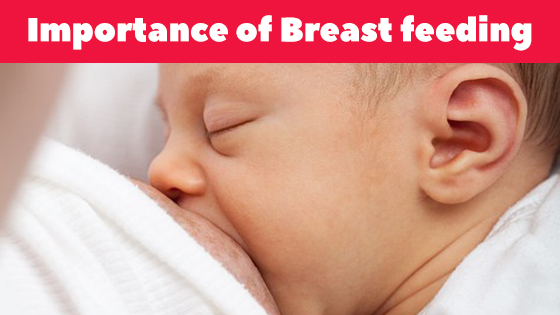Chronic Obstructive Pulmonary Disease (COPD)
Chronic Obstructive Pulmonary disease (COPD) is a slowly progressing, long time disease of the lungs which produce obstruction of the airway which is not fully reversible.(complete recovery is not possible with or without treatment.)
COPD is a preventable disease
COPD is the third leading cause of death (In 1990 it was the sixth leading cause death) in the world.
Causes of COPD
COPD is mainly caused by longtime tobacco smoking (80%). Both active and passive (second-hand smoke) can produce COPD.
Long time exposure to other smoke, dust, chemicals and other types of pollution can also produce COPD.
In women, cooking with biogas or firewood in the poorly ventilated kitchen can also produce COPD.
Long drawn (Chronic) poorly treated diseases like Asthma and tuberculosis can also become COPD.
Congenital (hereditary) absence or deficiency of Alpha1antytripsin can also produce COPD.
Types of COPD
In COPD there are 2 types.
Chronic Bronchitis
When the patient suffers from cough for more than three months in a year, for two or more continuous years, the patient is said to be suffering from Chronic Bronchitis.
Pathology of Chronic Bronchitis
In Chronic bronchitis, due to long-time exposure to smoke the bronchial wall becomes thick (bronchial wall hypertrophy) and the inflammation and increased mucus secretion narrow the airway producing wheezing. As there is not much bronchial constriction, improvement after bronchodilators in minimal or nil (not fully reversible) unlike Asthma where bronchial constriction is relived after medication.
Emphysema
Destruction of elastic property of the alveoli leading to shortness of breath.
Pathology of Emphysema
In a normal person, the amount of Alpha1 antitrypsin and the protease enzyme Elastase are equal. Alpha 1 antitrypsin will neutralize the action of elastase. When the person smokes, the neutrophils produce more Elastase, and the extra elastase produced will destroy the elastic property of the alveoli. This leads to overinflation of the alveoli with each inspiration. Over-inflation of alveoli leads to the destruction of alveolar membrane and few alveoli may burst together to become a bulla. Air becomes trapped in the alveoli and perfusion and ventilation are affected.
Symptoms of COPD
Cough for more than three months,
Slowly progressing difficulty in breathing (dyspnoea),
Mucus production,
Wheezing, Tightness in the chest.
Signs of COPD
Patient may have shortness of breath, Respiratory rate increased,
May have barrel chest (In Emphysema),
Lip & tongue may become blue (cyanosis)
Breath sounds may be diminished (emphysema) or may have wheeze (chronic bronchitis)
Tests to be done in COPD
Spirometry (pulmonary function test) is done to differentiate between Asthma and COPD.
Spirometry is done, then inhaled bronchodilators are given to the patient and spirometry is repeated again to note the reversibility. If FEV1 is less than 80% of normal, there is obstruction and improvement after broncho-dilator is less than 12% it is COPD.
X-ray chest- may show hyperinflated lungs with flat diaphragms and narrow heart.
ECG is taken to rule out Cor- Pulmonale (Heart involvement due to long-standing respiratory disease.)
ABG (Arterial Blood Gas Analysis) done to find the blood gas levels.
Stages in COPD
According to the PFT (pulmonary function test) reading, the severity of COPD is divided into 4 stages.
Mild: if the FEV 1 (forced expiratory volume in 1 second) is above 80 % of the predicted value and the FEV1/FVC (Forced vital capacity) is less than 0.7 and the reversibility is less than 12% it is termed as mild COPD.
Moderate: FEV 1 – between 80 % and 50 %.
Severe: FEV 1 – less than 50 %.
Acute Exacerbation of COPD
When there is a sudden flare-up of symptoms due to infection or exposure to irritants patient may have severe shortness of breath. Hospitalization may be necessary with oxygen therapy and antibiotics.
Treatment of COPD
The main aim of the treatment is to relieve shortness of breath and improve the respiratory functions.
This will improve quality of life of the COPD patient and make him live independently in this society.
The Treatment regimen is like that of Asthma. Bronchodilators and anti-inflammatory drugs (Steroids) are given and they are not very effective as COPD is not fully reversible.
Bronchodilators like salbutamol, levosalbutamol, salmeterol and formoterol reduce the bronchospasm.
Anticholinergics like tiotropium, ipratropium, albuterol and aclidinium dilate the bronchus and reduce the secretions.
Steroids like fluticasone, budesonide, and beclometasone deduce swelling of the bronchial wall and mucous membrane.
Inhaled medicines (Inhalation therapy) are best for COPD and Asthma than oral medicines or injections.
Inhalers having beta-agonists and anticholinergics (2 drugs) or 3 drugs combination along with steroids are used.
In Acute Exacerbation, Oxygen therapy and antibiotics along with inhalation therapy are given.
Mucolytics and Expectorants are given to bring out excess mucus from the airway.
Long-term oxygen Therapy: For severe COPD patients Long time oxygen therapy is given using an oxygen concentrator.
Roflumilast: a phosphodiesterase 4 inhibitor is given to reduce inflammation and to improve the FEV1.
Vaccines: Influenza vaccination and pneumococcal vaccine are given to elderly patients to prevent exacerbations.
Alpha 1 Antitrypsin augmentation (replacement) therapy is given in patients with congenital Alpha 1 Antitrypsin deficiency.
Smoking Cessation: Smoking cessation will stop the progression of the disease. This involves psychological counseling, health education, nicotine replacement therapy (like nicotine patches and nicotine chewing gum).
Medicines like varenicline, Bupropion and nortriptyline are given to stop smoking.
Antidepressants to relieve mental depression associated with COPD.
Surgical Treatment: In severe conditions, surgical treatment like Lung volume reduction surgery, Bullectomy or Lung transplantation may be necessary.
Rehabilitation: Rehabilitation of COPD patients involves treatment by pulmonologist, physician, psychologist, respiratory therapist and occupational therapists. The Rehabilitation program helps the patient live independently in the society.





